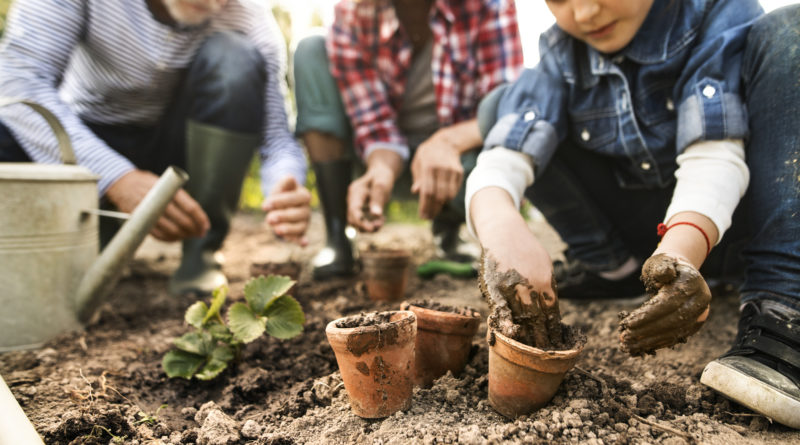Why March Is A Great Month To Start A Vegetable Garden
1,038 total views, 1 views today
Now that it’s March, spring is finally around the corner (it starts March 20th). We found out last month that spring weather might arrive early this year, even though parts of the United States suffered the brutally cold weather of the polar vortex. As warmer weather approaches, people who love plants, food, and sustainability might consider starting a vegetable garden.
Along the Gulf Coast and in many southern parts of the U.S., temperatures will be high enough to start planting seeds the very moment spring starts. In some areas farther north, including the Pacific Northwest and even some parts of the Northeast, spring provides an opportunity to begin planning a garden, but in these slightly more north areas, gardeners may want to plan without actually planting. For some vegetables, the season’s low temperatures, though higher than those of winter, may still hinder proper garden cultivation and maintenance.
If you think it’s best to wait just a bit before you go into full gardening mode, you can plan now so your garden thrives when the warm weather actually hits. If this is your first garden, carve out plant beds and planting holes within a few days of spring’s start. If this isn’t your first garden, make sure to pull out any old roots left from your previous plants. Don’t forget to get rid of any weeds or other invasive species that might make growing your vegetables more challenging.
Or maybe you want to dive right in. You’re in luck — there are some seeds you can plant this early on. In pretty much any area except Canada-adjacent regions that remain deeply cold during March, the month provides a great time to start growing every beginner’s favorite vegetable: tomatoes. These are among the very most commonly grown home garden vegetables, and there are so many ways to use them in the kitchen — and spring is a great time to start using the backyard or porch for group lunches or dinners.
Additionally, in areas with late-March climates that do often rise above freezing, it can be useful to plant certain vegetable seeds the moment spring arrives. If you’re certain your area is past its peak frost season, you can be confident in planting seeds such as asparagus, carrots, peas, potatoes, and herbs. If, in your case, “above freezing” means fully spring temperatures — thermometers often hovering around 65 degrees Fahrenheit — March is a great time to plant eggplant, peppers, squash, and even a fruit: melons.
Perhaps the best reason to start planting vegetables in March is that some of them actually fare worse in the hot summer sun. Broccoli and spinach, for example, will bolt — meaning your plant will produce more flowers and seeds than leaves, rendering it inedible — with excessive heat and light. Lettuce also does best if it gets a good amount of sun but isn’t exposed to it all day long, and since there’s less sunlight in spring than in summer, lettuce is best planted now. Even summer squash, despite “summer” literally being part of its name, can be planted now. Following your initial planting with some sowing in June should give you a squash harvest that lasts through summer.
If you were to start a garden, what vegetables would you grow? Let us know in the comments!

